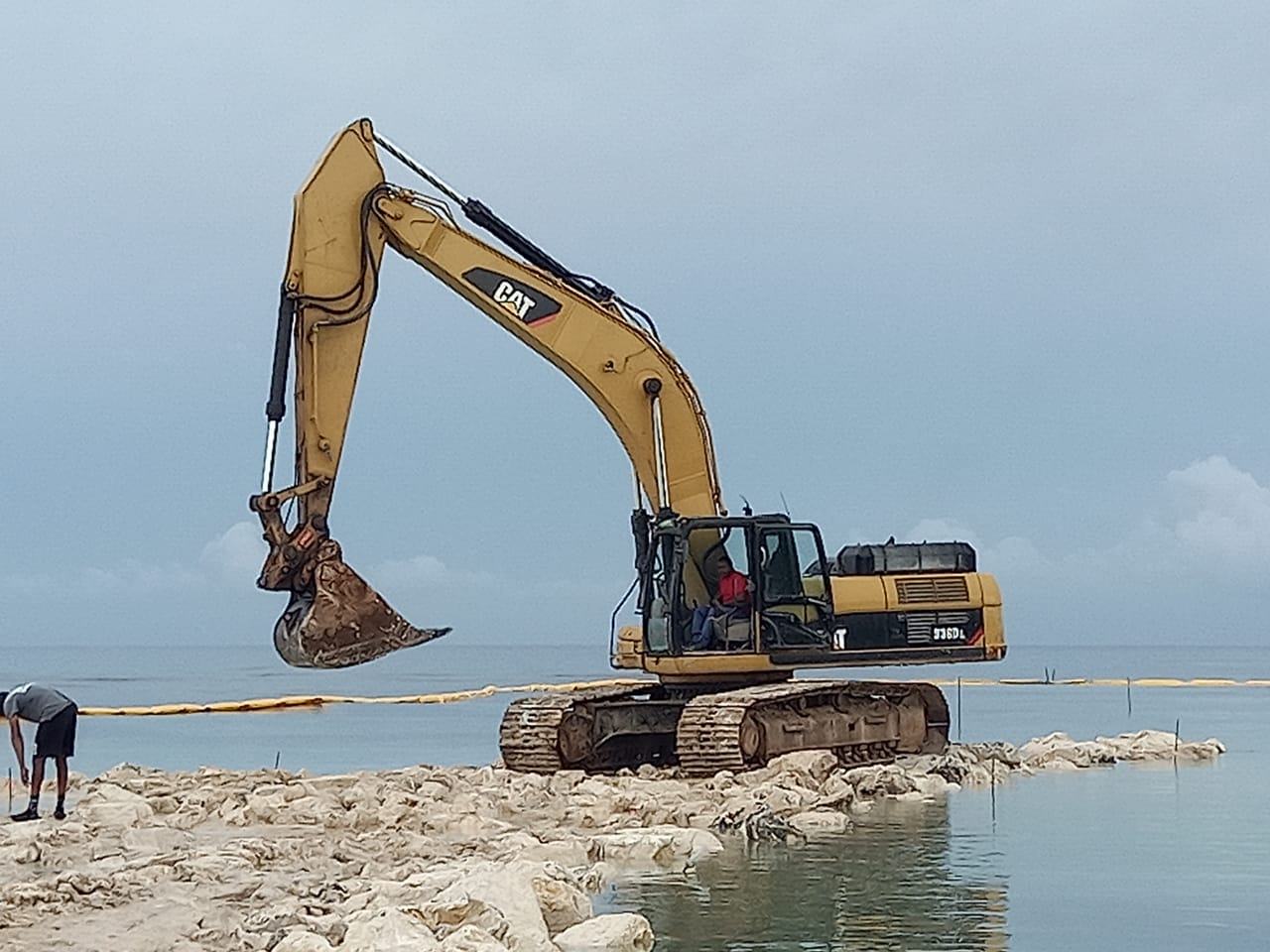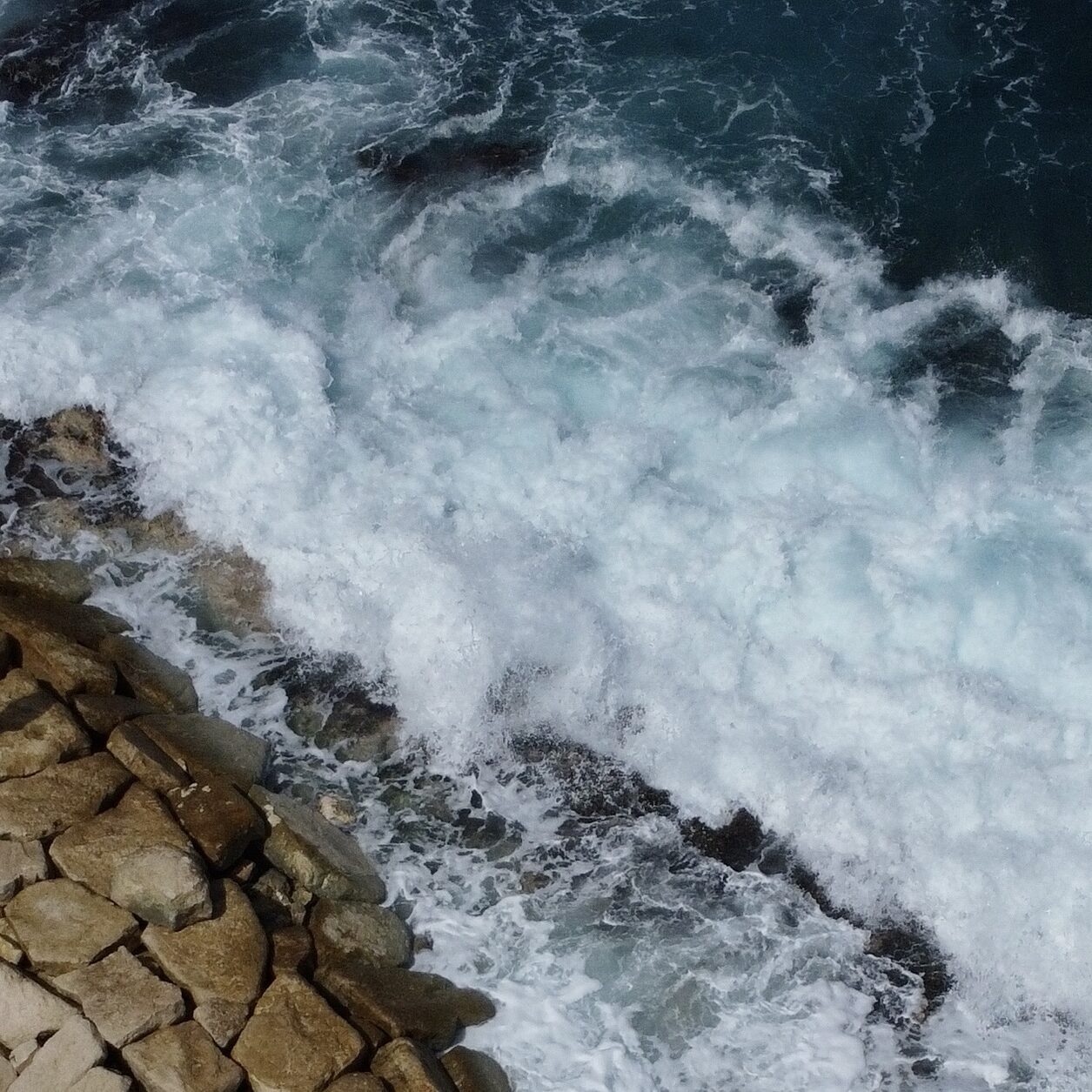The general rule is that if you don’t have a sandy beach on your shoreline, it’s because nature won’t allow it without proper intervention. Dumping a few loads of expensive white sand is not a sustainable solution and will be a bad use of your money. Creating a beach that lasts with a minimum of maintenance needs a deep understanding of the natural processes that shape the shoreline. Waves, tides, and currents change every hour. Increasingly powerful hurricanes and rising sea levels (due to climate change) mean that a beach needs to be designed not just for today’s conditions but for the future.
The first step to creating a beach is assessing the terrain – the physical nature of your shoreline will dictate what can be achieved there. The topography, exposure to waves, budget, and desired end goal will also be part of the decision-making process. The options for beach creation generally include one or a combination of the following.
Options Aplenty
- Dry beach – also known as a perched beach – this kind of beach is perched on a ledge or a cliff at the edge of the shoreline away from the water. A perched beach will offer a sandy lounging area where users can enjoy the view, the sound of the ocean and the sand between their toes.
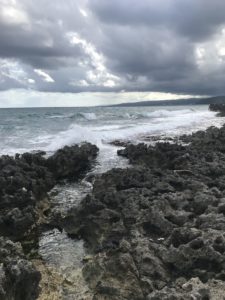
- Cove beach – If your property is ironshore (a rock platform along the shoreline, like the shoreline in the photo, right) some of the rock can be excavated to create a pocket beach or cove. For this, your shoreline should be less than 3m above the sea level. Well-designed openings will be critical to maintaining good water exchange without losing sand during bad weather.
- Breakwater reef – if the shoreline is rocky and slopes gently to the sea, a carefully designed breakwater can provide a sustainable beach. These structures break incoming waves so they don’t wash away sand that’s been placed on the rocky shoreline. Depending on the wave conditions, they can be just below the water’s surface to reduce visual impacts or emergent to reduce the height of waves reaching the beach more effectively. Breakwaters are also known to become habitats for fish, coral and other important species over time.
- Move seaward – if your land space is limited and a cove is not possible, reclaiming part of the sea with a beach is a possibility. This will require structures to hold the sandy area in place, and these structures could be connected to the shoreline, placed offshore, or a combination thereof. The protective structures can often also be used for boat docks, boardwalks, and gazebos.
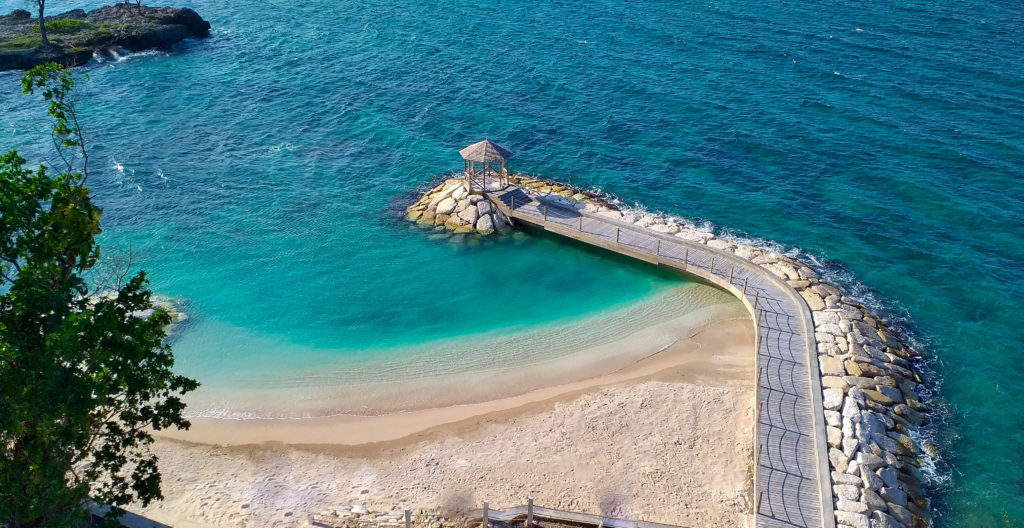
- Offshore island – offshore islands are a resort favourite but need a shallow, gently sloping bathymetry. The sea-facing side of the island needs to be protected from incoming waves, but the land-facing sandy beach will be a popular spot for lounging and wading. If the island is big enough, it can be landscaped with palm trees and other salt-tolerant plants.
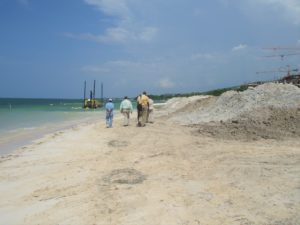 Beach nourishment – this involves placing sand on the beach and all the options described above will need it. Sand can come from various sources: natural marine sand is the best but it’s expensive and increasingly difficult to come by. It can be obtained by dredging from offshore (as shown in the photo, right), or crushed limestone can be used but the quality of this type of sand can vary. White terrestrial sand can also be used, but whatever kind of sand is selected it’s critical that it be the right grain size: too small and it will be washed away, too large and it will be unpleasant to walk on.
Beach nourishment – this involves placing sand on the beach and all the options described above will need it. Sand can come from various sources: natural marine sand is the best but it’s expensive and increasingly difficult to come by. It can be obtained by dredging from offshore (as shown in the photo, right), or crushed limestone can be used but the quality of this type of sand can vary. White terrestrial sand can also be used, but whatever kind of sand is selected it’s critical that it be the right grain size: too small and it will be washed away, too large and it will be unpleasant to walk on.
- Ecosystem strengthening – this could include restoring dunes, rebuilding coral reefs, improving the water quality so that seagrass and existing corals can thrive, or even planting mangroves if the conditions are right.
The second step is the design, planning and permitting process. Proper design will ensure that your new beach looks great and stays in place. It should also result in a net gain in the health of your shoreline’s ecosystem. Getting permission from the relevant authorities can seem daunting, but the process ensures that your design won’t harm the environment or your neighbours’ property. With careful consideration of impacts and meaningful mitigation strategies, the required environmental approvals are well within your reach.
With the right team, the process can be smooth all the way from design, to permitting, and construction. Sun, sea and a sandy beach will ensure your Caribbean waterfront property reaps maximum returns. But smart investments in your waterfront property aren’t just about the money, are they?


